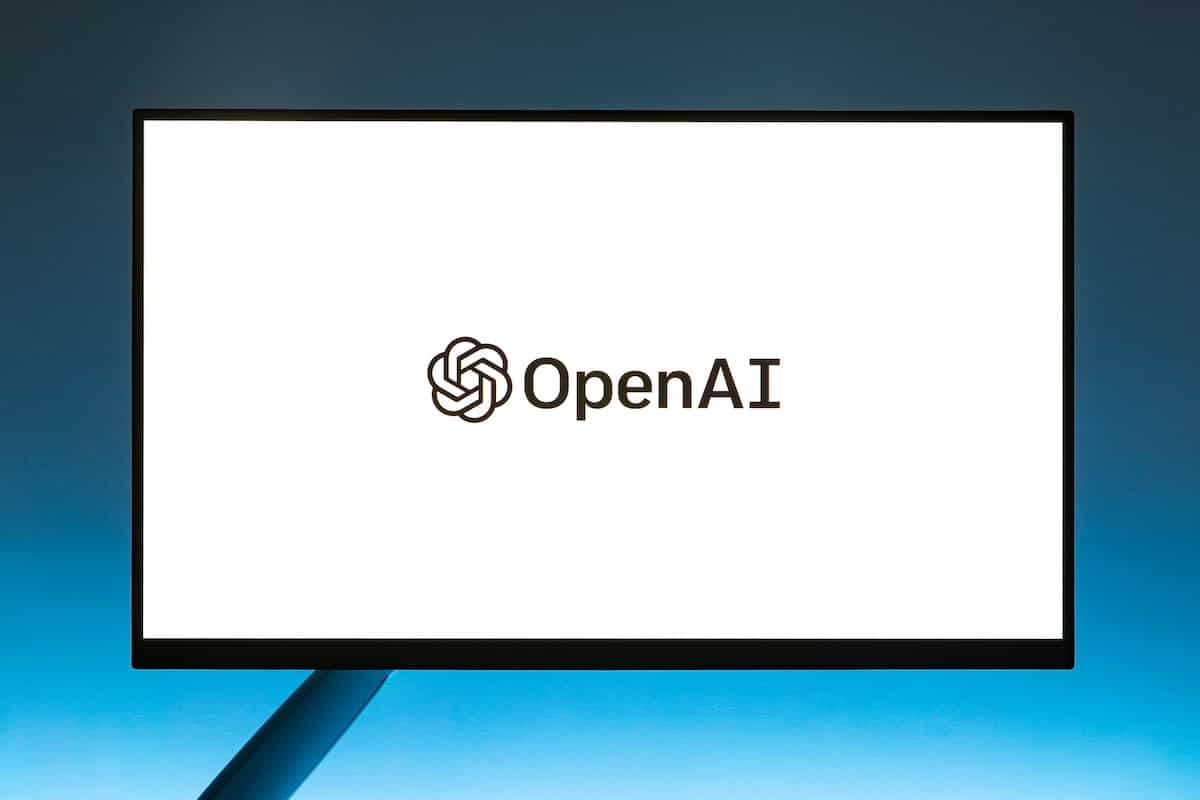Table of Contents
NLP, or Natural Language Processing, has advanced significantly in the last few years as AI technology evolves. NLP is how computers can comprehend and analyze human language, enabling increasingly complex relationships between individuals and technology.
Given the fast-paced advancement in NLP with AI, there is a surge in demand for AI engineers. Anyone passionate about AI and who wants to make a career out of it should first learn about NLP and AI and proceed with a course. If you check the AI Engineer Salary in today’s market, you’ll realize that it’s not only an interesting but a lucrative field.
In this article, you’ll learn the most recent developments in NLP with AI. Once you gain some basic ideas on the recent trends and advancements, you’ll be ready to take the next step and upskill yourself– enrolling in an AI & ML course.
NLP and AI overview
NLP is a branch of AI that emphasizes how human language and computers interact. NLP allows computers to comprehend, translate, and create human language, enabling more intuitive and seamless interactions between people and technology.
Sentiment analysis, chatbots, and virtual assistants are a few applications of NLP. We live in the “Golden Era of NLP,” says Forbes. We are about to witness several more developments and advancements.
What is NLP Technology?
NLP transforms unprocessed text into a form that computers can comprehend and process. Modern NLP can quickly evaluate huge amounts of text to produce insights and finish many tasks.
For instance, Google Translate, the company’s NLP-powered translation engine, may automatically generate a translation rather than requiring you to translate a complete website into another language manually.
If you want to learn more about NLP, what it is, how it works, and so on, check this video now: https://www.youtube.com/embed/CMrHM8a3hqw
Implementation of Deep Learning into NLP
More complicated yet effective language models have been developed leveraging machine learning approaches, especially deep learning techniques, to tackle challenging tasks like natural language interpretation and translation.
Researchers leverage the most artificial neural networks to learn and comprehend data and create more sophisticated models like transformers and RNNS (Recurrent Neural Networks).
Recent advancements in NLP 2023
LSTM (Long Short-Term Memory) networks, GRUs (Gated Recurrent Units), and traditional RNNs (Recurrent Neural Networks) have been replaced by modern transformer-based algorithms in the NLP field.
Compared to conventional RNNs, GRUs, and LSTMs, transformers can better manage long-range reliances in sequential data, thanks to their attention mechanism. Also, they are ideal for handling bulk data because of their parallelizable architecture, which enables faster and more effective training.
Transformer models with attention-specific mechanisms drive several recent developments in NLP, including BERT, XLNet, Roberta, GPT-3, Transformer XL, and Megatron.
These models – also called LLM or Large Language Models – have considerably improved the cutting-edge in natural language processing. Also, these models have been used for various NLP applications, including language understanding, machine translation, and sentiment analysis.
Introduction of GPT-3
GPT-3 is a modern, state-of-the-art language model produced by OpenAI. It has been trained on vast text data, including Books Corpora, Wikipedia, WebText2, and Common Crawl. It enables it to produce text that resembles human speech, translate between languages, and provide specific answers to all your questions.
It leverages a transformer architecture incorporating an attention mechanism to analyze sequential data. When making predictions, attention methods enable the model to prioritize different input components, concentrating better on particular input components and comprehending the text context.
GPT-3’s prowess in natural language processing is demonstrated by its capacity to produce human-like writing and its excellent accuracy in problem-solving tasks and language translation.
Advancement In NPL With Transformer XL, XLNet, ELMO, and More
Transformer XL is an expansion of the transformer concept that uses “relative positional encoding” to maintain track of the placement of words in the correct sequence and is intended to accommodate longer text sequences.
To get around the drawbacks of BERT, Google created XLNet – a well-known pre-trained transformer model. It leverages a permutation-based training target, enabling it to comprehend the text’s context better.
The Allen Institute for Artificial Intelligence created an ELMO transformer model (Embeddings from Language Models) that produces word embeddings. These can later capture the words meaning and the context after being trained on a huge amount of text data.
Megatron is the name of a pre-trained transformer model created by NVIDIA. It is made to be more precisely adjusted for various jobs with fewer data. Megatron is among the biggest transformer models currently available and makes the most of a distributed training technique that enables it to be trained on several GPUs.
Creation of Contextualized Word Embeds
Word embeddings are a method of displaying words as matrices in a high-dimensional space. Contextualized word embeddings consider the setting where words are used, enabling more precise and complex depictions of language. Models like BERT and ELMo, developed by researchers, can better represent language and function effectively on NLP tasks.
Does INP with AI have any ethical implications?
NLP combined with AI creates significant ethical questions, as with any technology. For instance, if the training data set is not accurately reflecting the population, bias may be incorporated into language models.
Moreover, confidentiality and personal rights issues are raised when using NLP in monitoring or intelligence applications. Researchers and developers must address these issues to guarantee that such innovations are applied responsibly and ethically.
Conclusion on the future of NLP with AI
The future of NLP with AI is bright with continued research into more complex language models, better management of multi-modal input (such as images and text), and more reliable transfer learning approaches. In the upcoming years, we anticipate seeing increasingly more advanced and effective NLP applications as these improvements continue.
Finally, NLP with AI is a fascinating and quickly developing discipline, with numerous recent developments and interesting future possibilities. There is much to investigate and learn about, from deep learning and transfer learning to create multilingual NLP and contextualized word embeddings.
Image Credit: Photo by Andrew Neel on Unsplash


